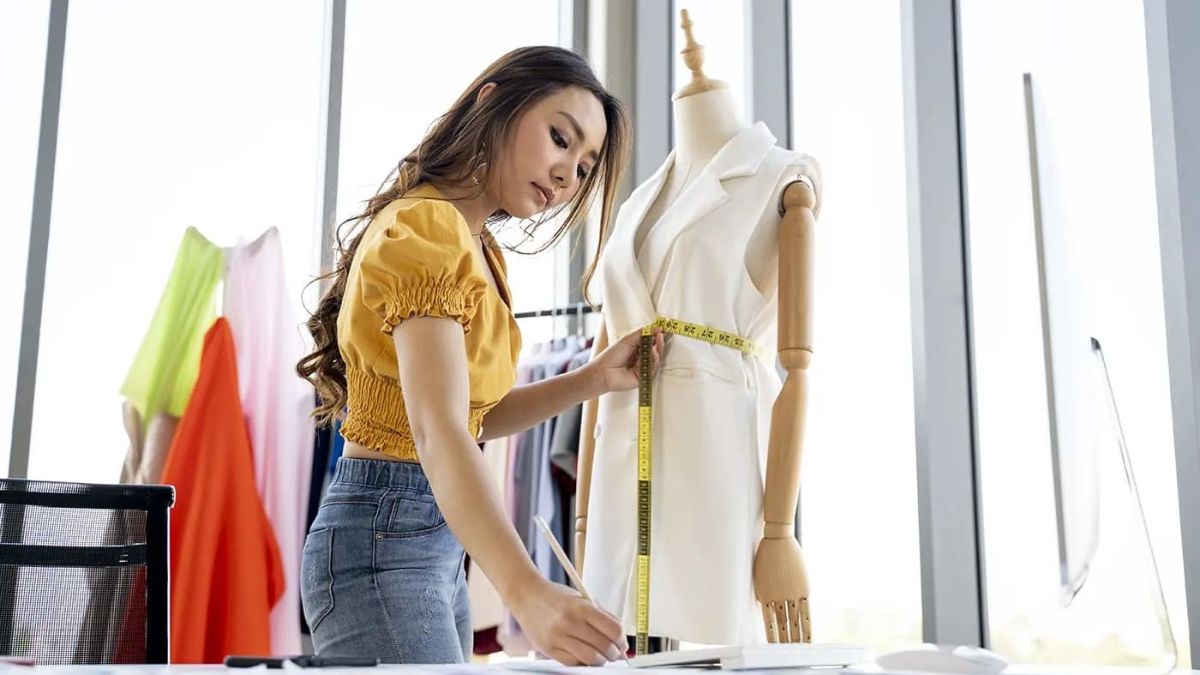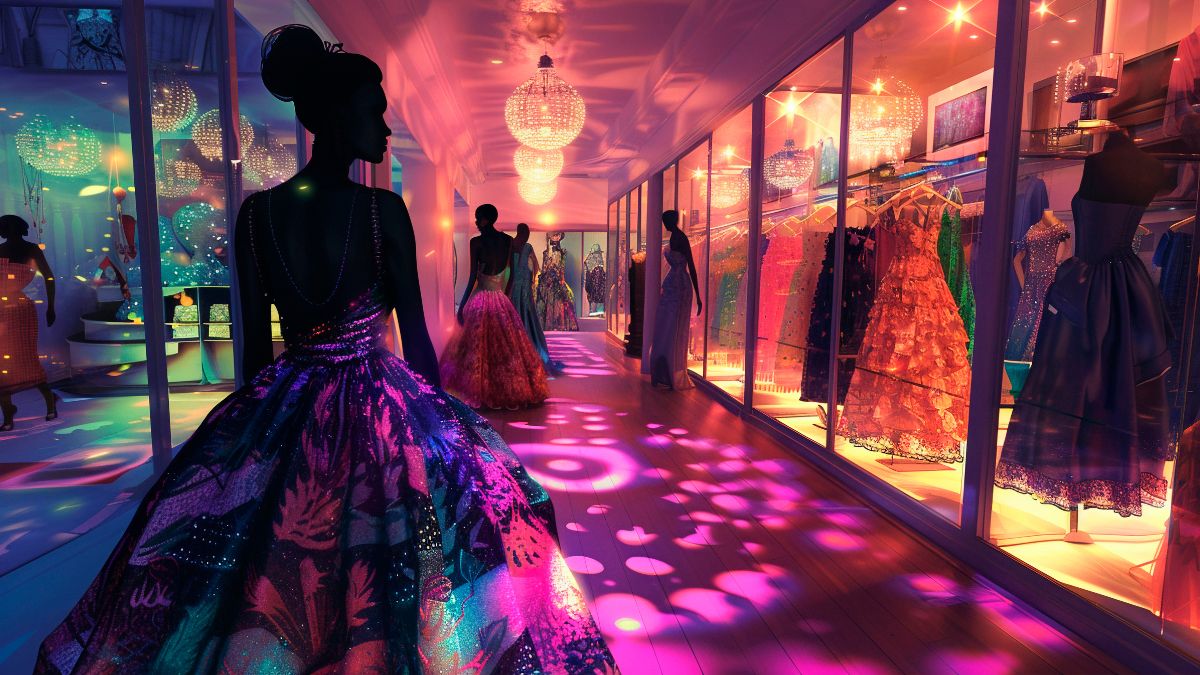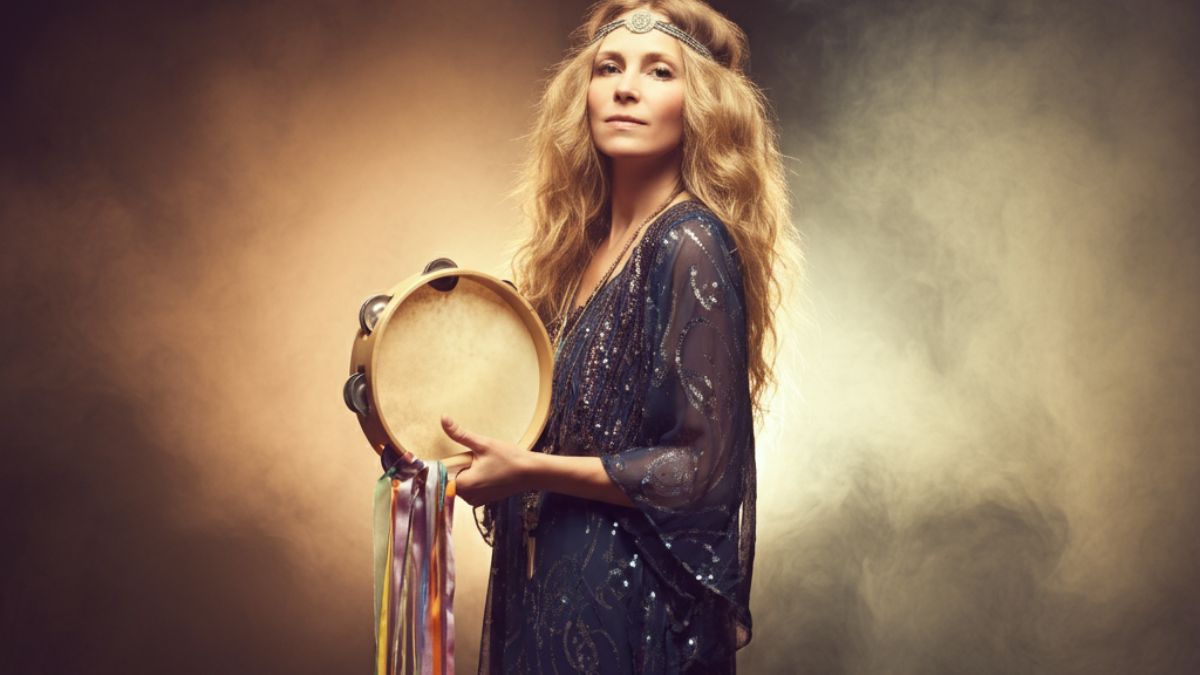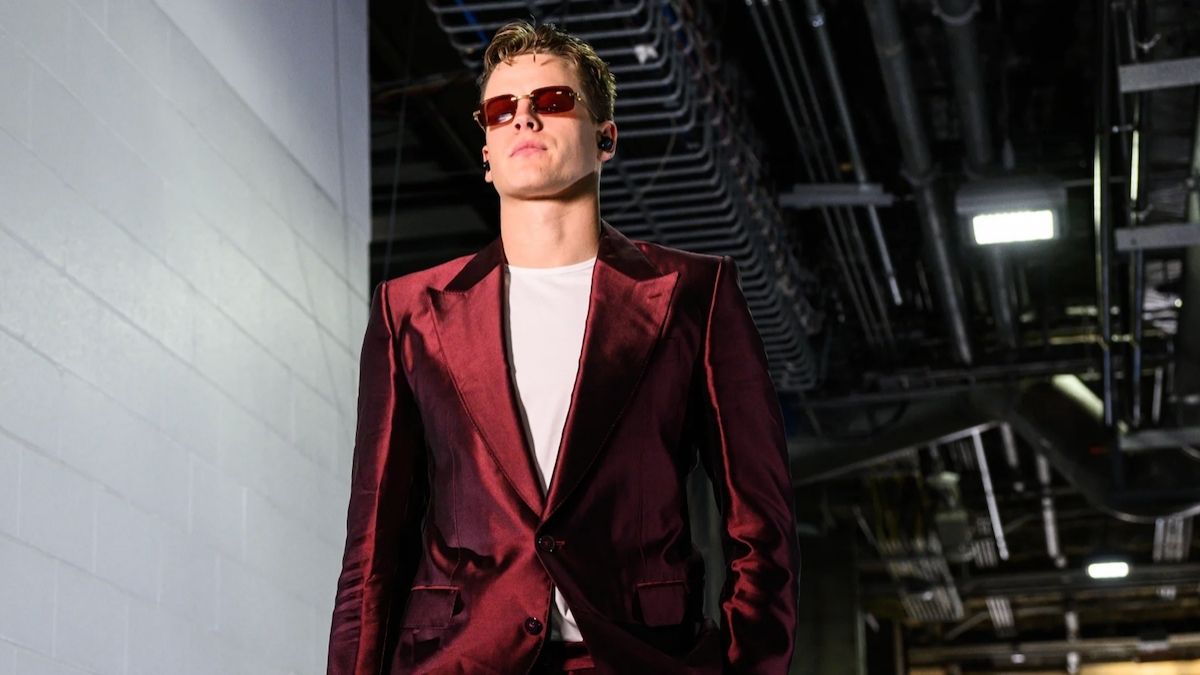Think the fashion industry is calling your name? Becoming a fashion designer is one of the most creative and inspiring career paths, yet it requires hard work, persistence, and a vision that captures the essence of personal style and trends. From sketching your ideas to seeing them on a runway or retail shelf, this guide walks you through the key steps to becoming a successful fashion designer.
Whether you’re dreaming of launching your own brand, working for a major fashion house, or contributing sustainably to the industry’s future, this step-by-step guide will help you understand what it takes to break into the competitive world of fashion design.
What Does a Fashion Designer Do?
Fashion designers are the masterminds behind the clothing, accessories, and shoes we wear. Their work involves much more than simply designing stylish pieces. They combine creativity with market insights, technical skills, and trend analysis to produce collections that resonate with consumers. Key responsibilities of a fashion designer include:
- Researching current and upcoming fashion trends.
- Creating concept boards and drafting designs.
- Selecting materials, textures, and color palettes.
- Overseeing the production process.
- Presenting collections during fashion shows or to buyers.
- Collaborating with manufacturers, marketers, and photographers.
Fashion designers don’t just set trends; they shape how people express themselves through clothing and accessories.
Why Fashion Design is Worth Pursuing
Becoming a fashion designer can be incredibly rewarding if you’re passionate about creativity and design. Here’s why:
- Creative Freedom: You get to bring your vision to life and influence the way people dress.
- Global Opportunities: The fashion industry is global, opening doors to international exposure.
- Self-Expression: There’s no better feeling than your designs walking down a runway or being worn by people around the world.
- Economic Impact: Fashion employs millions and contributes heavily to the global economy.
Now that you know the role’s exciting aspects, let’s break down how you can turn your fashion dreams into reality.
How to Become a Fashion Designer
Step 1: Hone Your Artistic Skills
Fashion design begins with the ability to conceptualize and visually communicate your ideas. Aspiring fashion designers should focus on polishing their artistic skills to convey their vision effectively.
How to improve your skills:
- Take drawing and sketching classes to master different techniques.
- Study human anatomy to draw accurate clothing fits.
- Practice designing clothes in all categories (e.g., casual, evening wear, haute couture).
- Start experimenting with stitching and sewing your designs to understand construction.
Step 2: Study Fashion Design
While raw talent is crucial, formal education helps you refine your skills and equips you with technical knowledge. A degree or certificate in fashion design is often the launching pad for aspiring designers.
Popular programs to consider include:
- Bachelor of Fine Arts (BFA) in Fashion Design.
- Diplomas or certifications in areas like apparel design, textile technology, or fashion merchandising.
- Online design courses available through platforms like Parsons School of Design, Coursera, or Skill share.
Fashion schools like Parsons, Central Saint Martins, and FIT (Fashion Institute of Technology) focus on industry-relevant skills and help nurture your creative abilities.
Step 3: Build a Strong Portfolio
A polished portfolio showcasing your designs is essential. Think of your portfolio as a visual resume that highlights your ideation process, creativity, and technical skills.
How to create a portfolio:
- Display a mix of sketches, sewing patterns, and final garments.
- Include design inspiration boards and textiles you select.
- Describe the thought process behind each piece.
- Highlight diversity by presenting collections in different styles.
Your portfolio will open doors to internships, jobs, or even your first collection launch.
Step 4: Get Hands-On Experience
Practical experience is invaluable in the fashion world. Learning the trade from professionals helps you see how designs go from concept to production.
Ways to gain experience:
- Intern for established fashion brands, fashion houses, or textile companies.
- Take freelance projects to design for small businesses.
- Volunteer or assist with local fashion shows and runway productions.
This stage is often where aspiring designers develop their professional networks and refine their craft.
Step 5: Understand the Business Side of Fashion
Designing beautiful clothes isn’t enough to excel in the competitive world of fashion. Understanding business fundamentals is key if you aspire to launch your own brand or work in leadership positions.
Learn about:
- Budgeting and cost analysis for clothing production.
- Supply chain and logistics in garment manufacturing.
- Sales and distribution strategies.
- Fashion marketing and branding techniques.
Courses in business administration or fashion marketing can give you a leg up.
Step 6: Follow Trends, Innovate, and Stay Relevant
Fashion is as much about anticipation as it is about creation. True success as a designer lies in balancing trend-following with innovative, boundary-pushing ideas that set you apart.
How to stay relevant:
- Research upcoming trends through fashion publications (e.g., Vogue, WWD).
- Use social media platforms like Instagram and Pinterest for real-time inspiration.
- Attend fashion weeks, exhibitions, and trade fairs.
- Stay updated on new fabrics, sustainable measures, and emerging design technologies.
Create a style signature that blends your personal artistry with contemporary appeal.
The Role of Sustainability in Modern Fashion Design
Today’s fashion designers are being challenged to create beautiful, cutting-edge designs while considering their environmental and societal impact. “Fast fashion” is being replaced by sustainable initiatives, urging designers to:
- Use eco-friendly fabrics like organic cotton and bamboo.
- Innovate in zero-waste design techniques.
- Prioritize ethical production and fair labor practices.
- Create versatile pieces that last longer.
Designers who prioritize sustainability not only help reduce the sector’s environmental footprint but also appeal to the growing majority of consumers who value ethical fashion.
Common Challenges Aspiring Designers Face (And How to Overcome Them)
1. Breaking Into the Industry
The fashion industry is notoriously competitive. To stand out, focus on networking and showcasing your work through multiple platforms, including social media and design competitions.
2. Managing Criticism
Not everyone will appreciate your vision. Learn to take constructive feedback positively and use it to improve your craft.
3. Staying Motivated
The path to success in fashion design involves long hours and hard work. Surround yourself with a supportive community and set achievable goals to sustain your motivation.
Your First Steps Toward a Fashion Career
Becoming a fashion designer is about turning your passion into a profession. While the path is challenging, it’s also incredibly exciting. Start sketching, take that fashion course, or apply for an internship in your dream fashion house. Every small step brings you closer to building your place in this glamorous industry.
Remember, every iconic designer once started as a dreamer with just a sketchbook. Are you ready to bring your designs to life?











